Why can't electrons (excess electrons) of the N side of a semiconductor diode enter the P side via the battery in reverse bias mode of PN junction? like this:
Asked
Active
Viewed 134 times
1
Damstridium
- 81
- 7
-
PN junction: What does a battery have to do with that?! – Marcus Müller Dec 10 '21 at 15:17
-
Did Do you mean why can't the battery swap its polarity to be forward-biased in respect to the PN junction? – Wintermute Dec 10 '21 at 15:24
-
They do, to a small extent. Then the growing depletion region produces enough of an electric field to balance it out, and the conduction stops. (except for a small leakage current) – Hearth Dec 10 '21 at 15:54
-
The electric field of depeletion layer (its direction of action should promote e- movemnt to the right) – Damstridium Dec 10 '21 at 15:57
-
https://gfycat.com/menacingfixedamericancrow – Syed Dec 10 '21 at 17:52
2 Answers
3
They can, if you apply a high enough voltage. We call that "breakdown". Normally the electrons do not have enough energy to cross the depletion region.
Elliot Alderson
- 31,192
- 5
- 29
- 67
-
No I mean There are exess electrons on the n side right? So if we apply reverse biasing ie connect the positive terminal of the battery with diode then why cant electrons just go through the battery and reach the holes on other side? why go through the pain of going in depletion region.I mean the electric field will of the battery will make them move towards positive terminal – Damstridium Dec 10 '21 at 15:31
-
-
-
I know this can look stupid but i am new to semi conductors so sorry if you feel the frustration – Damstridium Dec 10 '21 at 15:43
-
Break the silence bro i am sorry i know but i had to just ask this – Damstridium Dec 10 '21 at 15:46
-
Why don't the electrons just flow backward through the battery? Because -- battery? – TimWescott Dec 10 '21 at 16:04
3
With battery positive on N and battery negative on P you have a reverse biased PN junction. That forms a wide depletion layer that is basically non conductive unless the breakdown voltage is exceeded.
The majority carrier electrons in the N material are attracted to the battery positive terminal but, there is only a limited supply of them and this produces a really tiny glitch of charge movement into the battery that is unsustainable.
It's a similar story for the majority carriers in the P material: -
Image from here.
Andy aka
- 434,556
- 28
- 351
- 777
-
-
-
2They redistribute towards battery positive and stop moving. That means they stop flowing and current rapidly becomes zero amps. – Andy aka Dec 10 '21 at 15:53
-
Ow so thats why the cause of current through the semi conductor diode is drifting of charges mainly right(after breakdown)? – Damstridium Dec 10 '21 at 15:55
-
-
-
After breakdown voltage is achieved ,in the depletion region Electrons get stripped off of their bonds right? and create electron hole pair generation which is the cause of current after breakdown voltage right – Damstridium Dec 10 '21 at 15:59
-
Is this the valid reason? because i read from a source that this is why conduction increases after breakdown is that correct? – Damstridium Dec 10 '21 at 16:01
-
-
-
